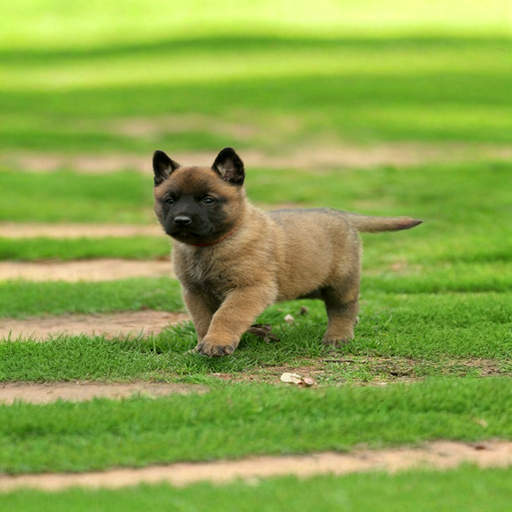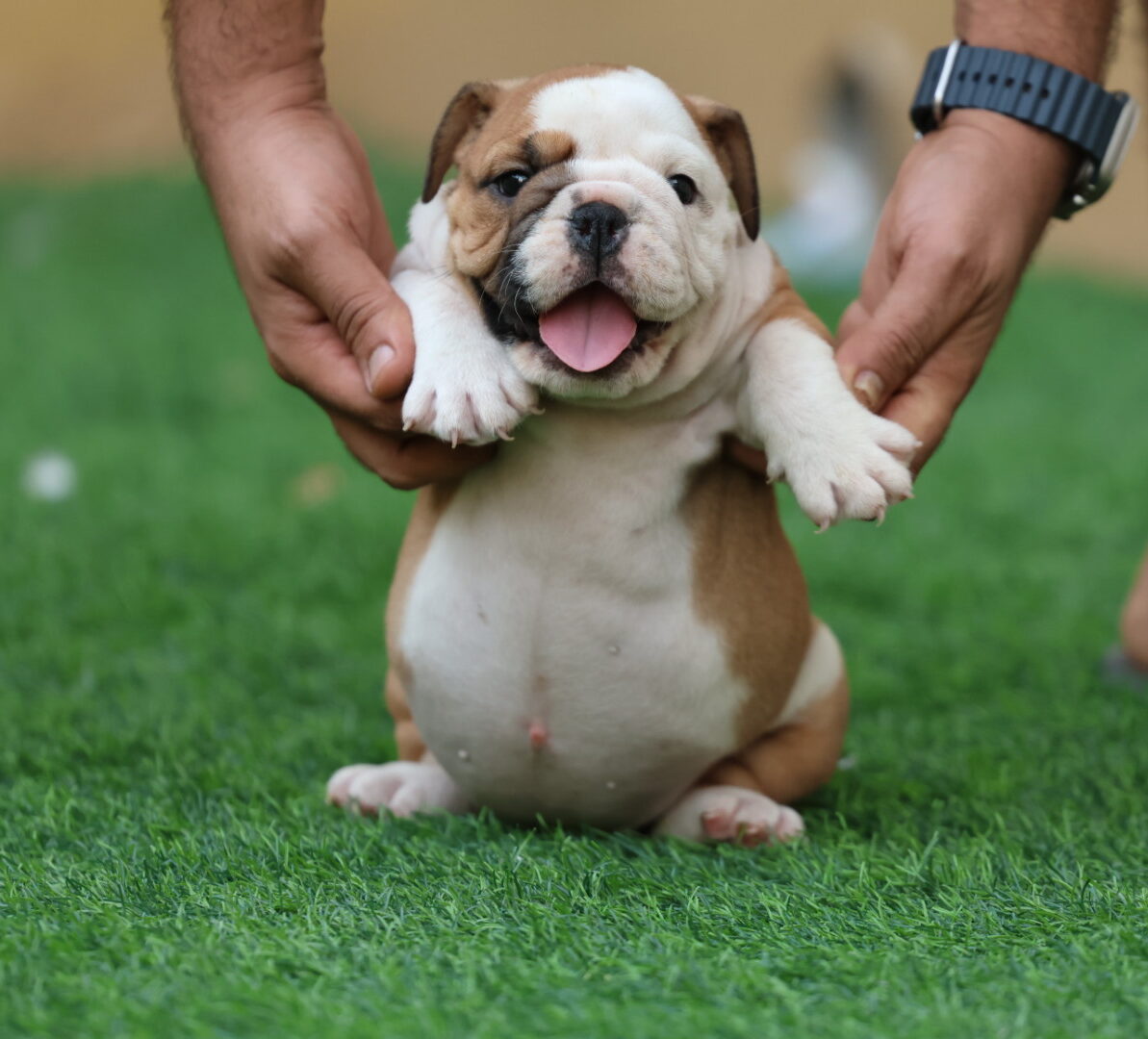Puppy Feeding Schedule by Age & Size – 7 Essential Rules for Healthy Growth
Creating a puppy feeding schedule is one of the most important steps in raising a healthy, happy dog. A good schedule helps your puppy develop consistent habits, improves digestion, and prevents overeating or underfeeding.
In this guide, we’ll show you how to build the perfect feeding schedule based on your puppy’s age, breed, and size. Whether you have a tiny Chihuahua or a large German Shepherd, the tips below will help you stay on track.
Why Is a Puppy Feeding Schedule Important?
Unlike adult dogs, puppies need to eat more frequently. Their growing bodies burn through calories fast, and inconsistent feeding can lead to upset stomachs or poor growth.
A regular puppy feeding schedule supports healthy weight gain, energy levels, and predictable bathroom habits.
How Many Times Should You Feed a Puppy?
- 8–12 Weeks: 4 meals per day
- 3–6 Months: 3 meals per day
- 6–12 Months: 2 meals per day
- 1 Year & Older: 1–2 meals per day (depending on breed)
Stick to the same times every day — for example: 7am, 12pm, 4pm, and 8pm. Puppies thrive on routine and structure.
Feeding Schedule by Puppy Size
Small Breeds (e.g., Pomeranian, Maltese)
Small breed puppies have high metabolisms and tiny stomachs. Feed them 4 small meals daily and monitor their weight closely.
Medium Breeds (e.g., Cocker Spaniel, Beagle)
These puppies can switch to 3 meals around 10 weeks. Make sure to use high-quality puppy food with balanced nutrients.
Large Breeds (e.g., Labrador, Golden Retriever)
Large breed puppies grow rapidly. Follow your vet’s advice, and don’t overfeed. Stick to 3 meals per day and choose large breed puppy food to support joint health.
Portion Sizes and Adjustments
Read the food label for guidance on daily portions by weight. Then divide the total by the number of meals per day. Adjust based on your puppy’s activity level, growth, and vet recommendations.
Tips for Successful Puppy Feeding
- Use stainless steel or ceramic bowls – avoid plastic.
- Keep water available at all times, but remove it 1–2 hours before bedtime.
- Don’t switch food brands too fast. Introduce new food gradually over 5–7 days.
- Remove food after 20 minutes if uneaten to prevent grazing.
Common Mistakes to Avoid
Avoid giving human food or excessive treats. Overfeeding can lead to obesity, especially in small breeds. Don’t skip meals — it causes low blood sugar in young puppies.
Feeding Schedule FAQ – Quick Answers for Puppy Owners
Can I leave food out for my puppy all day?
Free feeding is not recommended. Scheduled meals help track appetite, prevent overeating, and build potty routines.
Should I feed my puppy before or after walks?
It’s better to wait 20–30 minutes after exercise before feeding, or feed 1 hour before going for walks to avoid bloat or digestion issues.
Following a structured puppy feeding schedule keeps your pup on a healthy track from the start.
Internal & External Resources
To learn more about caring for your puppy during the first few weeks, read our full guide:
Best Puppy food
For professional feeding guidance, check the AKC’s official article here:
AKC – Feeding Puppies Guide
Final Thoughts on Your Puppy Feeding Schedule
Creating a consistent puppy feeding schedule is the key to raising a well-adjusted, healthy dog. Stick to routines, use quality food, monitor progress, and make feeding time calm and predictable.
Whether you have a toy breed or a giant one, these tips will help you nourish your new furry friend from day one. And remember — when in doubt, ask your vet!
By following the right puppy feeding schedule, you’re setting your dog up for a lifetime of healthy eating habits and better behavior. A few consistent steps now can make a huge difference later.





























